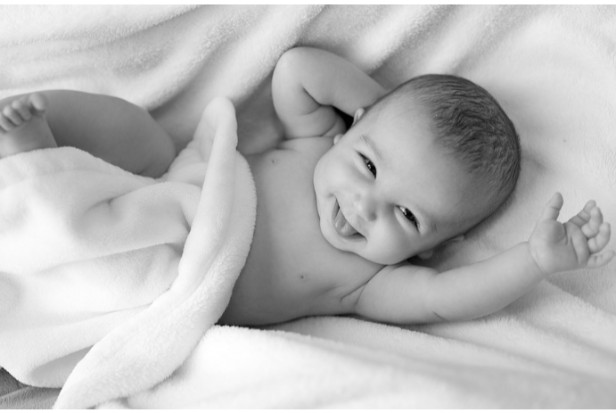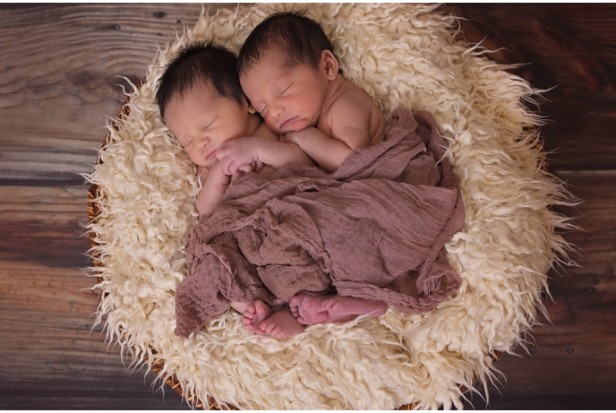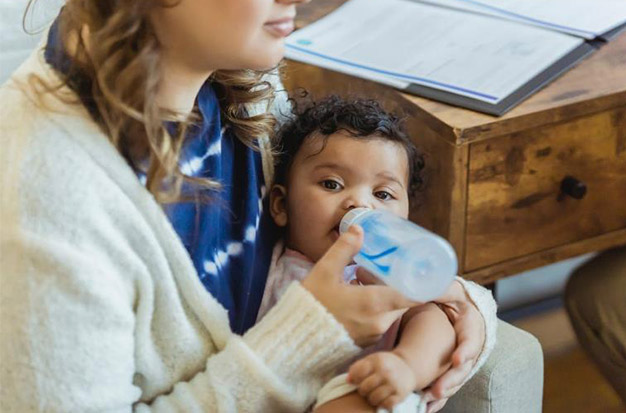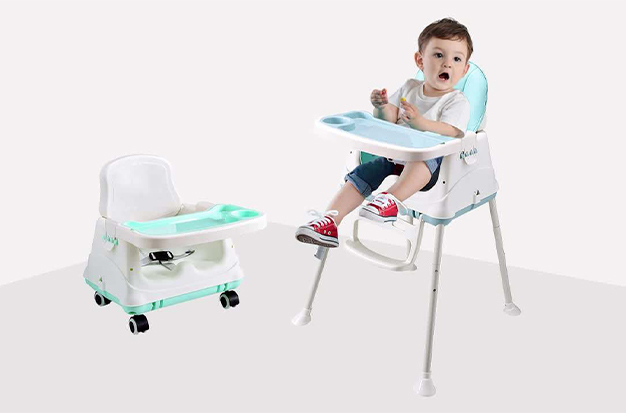What you need to know about oral hygiene for infants and toddlers is provided here, along with advice on how to teach older children to clean their own mouths.
Although they may not have any teeth when they are born, your baby’s mouth still needs to be cleaned thoroughly on a regular basis. The following information will help you to properly clean your baby’s tongue.
Why Your Baby Has a White Tongue
Your newborn’s tongue might appear white after feeding in the days and weeks following birth, you may notice.
A buildup of milk is a typical reason for white residue. Babies have less saliva than older kids and adults do, so there is less liquid in their mouths to wash milk off the tongue.
“If a newborn’s tongue is not cleaned, microorganisms begin to colonize within its grooves,” says Preetika Chandna is a pediatric dentist and researcher who focuses on the oral health of young children. A buildup of bacteria that could potentially result in gum disease can be avoided by removing extra milk or food particles from the mouth.
Don’t confuse your baby’s white tongue, though, with thrush, a different condition. Some newborns may pick up Candida, the same fungus found in a yeast infection, during the process of birth. Thrush, a condition where white patches develop on the lips, tongue, or inner cheeks, appears in the mouth. A doctor will need to treat your infant if they have thrush.
Why is It Important to Start Early?
Like in your mouth, bacteria also exist in a baby’s mouth.
However, babies have less saliva than you do, which makes it more difficult for their small mouths to wash away milk residue. Additionally, a white coating may form due to this accumulation on their tongue. Cleaning their tongue helps to break up and get rid of the buildup.
By cleaning your baby’s tongue with a damp cloth at a young age, you are also introducing them to oral hygiene, making it less shocking when you later clean their mouth with a toothbrush.
How to Clean Your Baby’s Tongue
To clean your baby’s tongue, there are more than a few important steps:
- To make sure they are clean, wash your hands.
- Wrap your finger in a tiny piece of cloth or gauze.
- Use warm water to dampen the cloth.
- With one arm, hold the infant in place while opening his or her mouth gently with the other.
- By placing your finger on the infant’s tongue, you can gently rub its surface in a circular motion.
- Rub the baby’s cheeks and gums after the tongue has been cleaned.
- If cleaning the buildup does not remove it, see a doctor to be tested for thrush.
“A newborn’s gums and tongue should be cleaned after every feed,” says Chandna, adding that you can also use soft silicone “finger brushes” designed to be worn on your finger after the baby is at least eight weeks old.
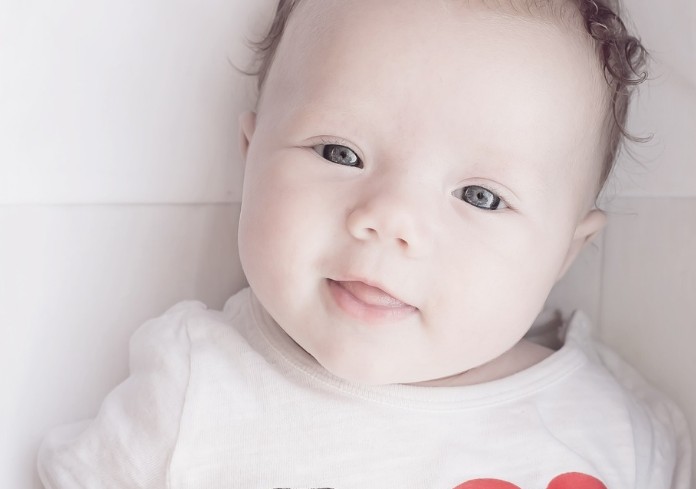
Cleaning the Tongue When Your Baby Has Thrush
A white coating on your baby’s tongue shouldn’t always be attributed to milk, it’s important to remember that. Thrush, a condition, is occasionally to blame for it.
Thrush and milk residue both resemble each other. The distinction is that milk residue can be removed with a cloth. Thrush is impossible to remove with a cloth.
A fungus infects the mouth and causes oral thrush. It is brought on by oral candidiasis and manifests as white spots on the tongue, gums, cheeks, and roof of the mouth.
To prevent the infection from spreading, thrush needs to be treated with an antifungal drug. Contact your baby’s pediatrician if the white coating doesn’t disappear.
Cleaning a Baby’s Tongue After 6 Months of Age
When your child is at least 6 months old and has their first tooth, you can use toothpaste and a soft, kid-friendly toothbrush. Any newly erupted teeth should be cleaned with this.
As your child gets a little older, you can switch to using a finger brush, gauze, or washcloth, or you can use the toothbrush to gently scrub your child’s tongue and gums.
You only need a tiny bit of toothpaste to give to a baby who is at least 6 months old; roughly the size of a rice grain. (And just assume they’ll take it in.) You can up the serving size to pea-size once your child is at least 3 years old.
Teaching Your Toddler How to Brush and Clean Their Tongue
Most toddlers are unable to brush their own teeth, so you may need to watch over them until they are between the ages of 6 and 9. However, once they have developed good hand-eye coordination, you can begin showing them how to correctly brush their own teeth and tongue.
- Start by dabbing some toothpaste onto a moist toothbrush.
- Brush your own teeth with your own toothbrush to start off your demonstration.
- Use their toothbrush to next brush your child’s teeth. Explain what you’re doing as you brush. Draw attention to the front and back of their teeth as you brush them.
- Give it a go with your child and let them brush while you hold their hand. Once they’ve gotten the hang of it, you can watch your child brush their own teeth.
Children should be taught how to use the toothbrush to delicately brush their tongues. Additionally, warn kids against swallowing toothpaste. Teach them that after brushing, they should spit out any extra.
When to See a Dentist
For infants and young children, regular dental checkups with a pediatric dentist are just as crucial as brushing and cleaning the tongue.
As a general rule, make your child’s first dental appointment no later than six months after the eruption of their first tooth, or at age one, whichever comes first. Their gums, jaw, and overall dental health will be examined by the dentist. Additionally, tooth decay and issues with oral motor development will be inspected.
Introducing a Toothbrush and Toothpaste
When your baby’s first tooth erupts, around six months old, you can either continue using a finger brush or introduce a toothbrush. It is best to begin with a small, soft-bristled brush for children. You shouldn’t use toothpaste at this point; instead, simply moisten the brush with water.
Once your child reaches the age of two, you can begin using toothpaste. Start them off by applying a very small amount of fluoride-free toothpaste to the toothbrush. By the time they are three years old, you can increase it to a pea-sized amount.
Use fluoride-free toothpaste until your child develops the ability to spit out their toothpaste rather than swallow it. due to the stomach upset and tooth damage that can result from children ingesting too much fluoride. Use fluoride-free toothpaste up until the age of three, according to pediatricians.
Are Baby Tongue Cleaners Worth It?
One aspect of oral hygiene is having clean teeth. By getting rid of particular bacteria in the mouth, using a tongue scraper or cleaner can reduce plaque.
Remember that tongue scraping is not a replacement for brushing your child’s teeth as they get older and you begin teaching them how to care for them. However, kids who also brush their tongue have less plaque on their teeth.
Some other dental care tips are:
- Give your kids fewer high-sugar foods and beverages.
- Consider using fluoride-containing toothpaste.
- A pea-sized amount of toothpaste should be all that your child uses.
- Never let infants or young children fall asleep with a bottle in their mouth while being fed.
- Don’t let your child use your utensils.
- By the age of one, make an appointment for their first dental visit.
The Takeaway
Good oral care begins at a young age. Although your child won’t recall having their tongue and gums cleaned when they were a baby, this routine improves their overall oral health and encourages them to keep positive habits as they age.
FAQs
How to clean newborn tongue NHS
Enter the warm water with a finger that is covered in gauze or cloth. Gently open your baby’s mouth, and then lightly rub their tongue in a circular motion using the cloth or gauze. Gently massage the inside of your baby’s cheeks and the gums with your finger.
Home Remedies to Clean Baby Tongue
- Dip a finger covered in gauze or cloth into the warm water.
- Using the cloth or gauze, gently open your baby’s mouth and rub their tongue in a circular motion.
- Gently massage your baby’s cheeks and gums with your finger.
How to Clean Baby Tongue With Glycerine
Glycerin is nontoxic and considered safe once you start your baby with a small amount toothpaste at around 6 months. However, for cleaning the mouth of a newborn or young infant less than 6 months old, neither toothpaste nor the glycerin in it are required.
How to Clean Baby’s Tongue from Milk
To clean your newborn’s tongue, you should first wash your hands and then take a small piece of moist cloth or gauze around your finger and use it to gently rub the surface of the tongue in circular motions. After each feeding, a newborn’s gums and tongue should be cleaned.
Do You Need to Clean Newborn Mouth
Cleaning your baby’s teeth is important for keeping their mouths healthy. They risk developing cavities and other issues if they receive poor care. However, in order to prevent any potential health problems, newborns must have clean tongues, gums, and inner cheeks before their first teeth begin to erupt.
